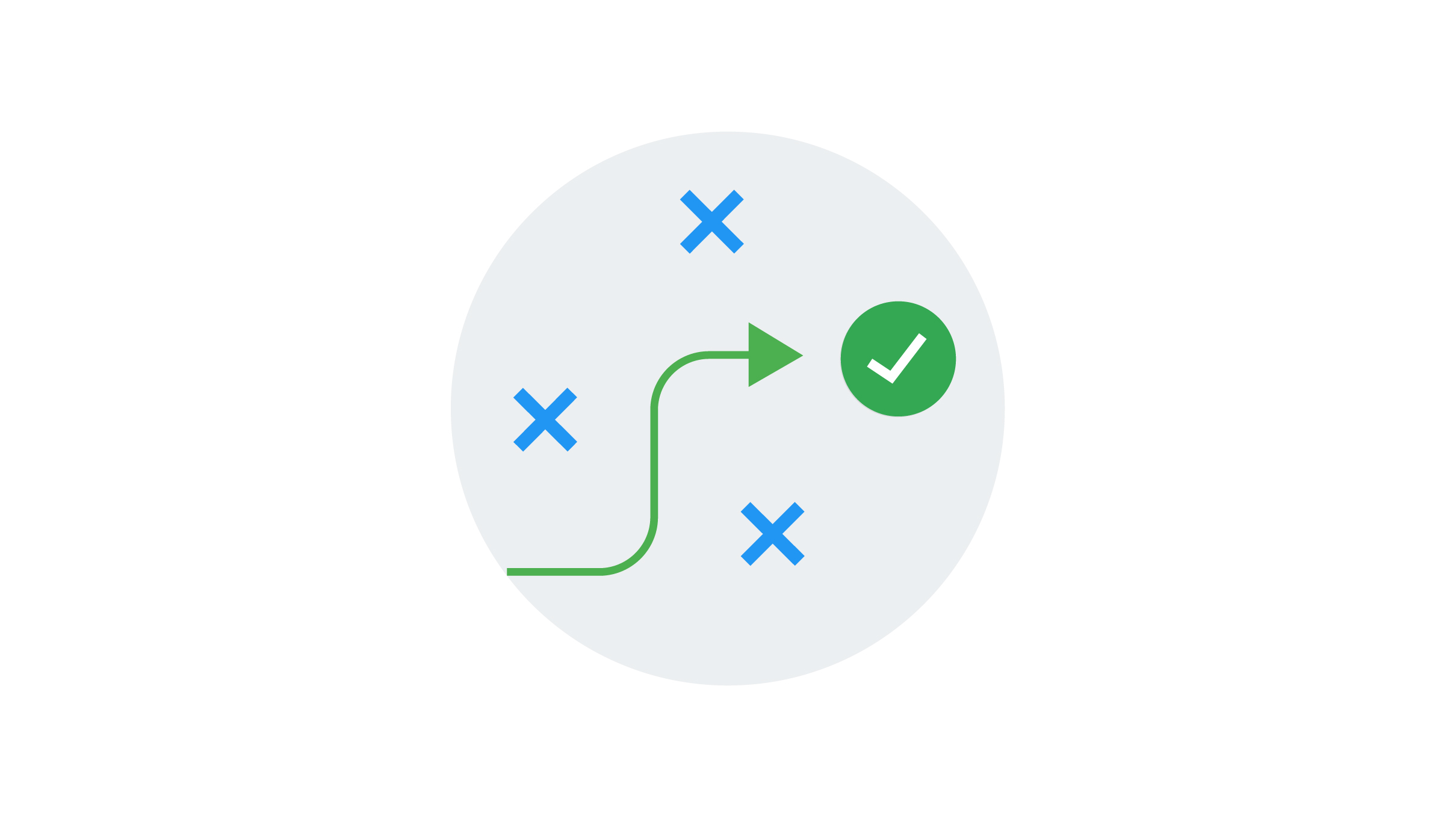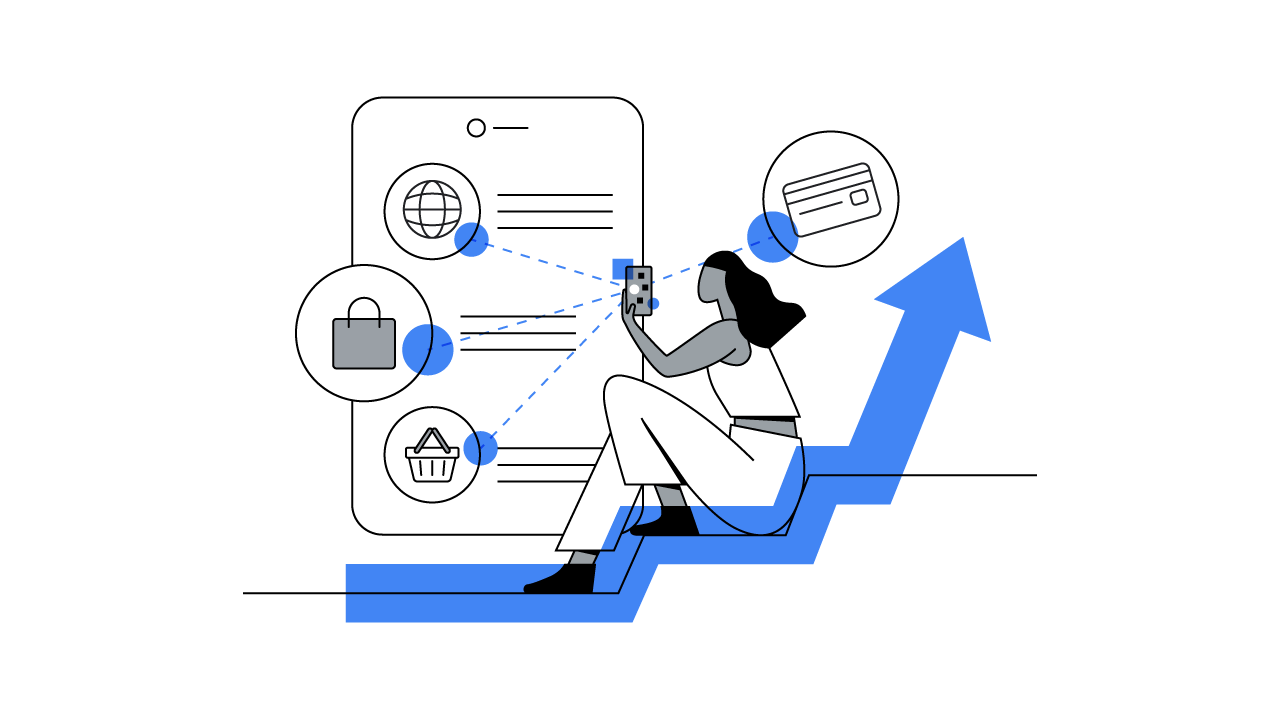To many people, programmatic marketing is about making their online marketing more efficient, with a particular focus on remnant and long-tail inventory. But as digital technologies continue to advance, programmatic marketing is also evolving quickly, with far-reaching opportunities for marketers across APAC. Here, Matt Brocklehurst, head of platforms and publisher marketing for APAC, debunks four persistent myths about what programmatic means today.
Programmatic marketing has been around for over 15 years but is still seen by many as a confusing (yet exciting) space. At Google, we’ve been doing a form of programmatic for a while now since our very first search ad was posted. After all, programmatic marketing basically means using technology to automatically serve ads that reach the right user at the right time with the right message.
Here are four popular myths about programmatic marketing — and the truth behind them.
Myth 1: Programmatic is just about increasing the efficiency of direct response marketing
It’s true that the early days of programmatic were all about optimizing clicks and conversions and using long-tail, remnant inventory through real-time bidding. Programmatic was and is a great way to meet performance goals — whether that’s leads, subscribers, sales, or some other metric.
With today’s consumers spending more time online and getting hundreds of marketing messages a day, they have become easier to reach but harder to engage. Whether a consumer switches from desktop to mobile or from an article to a video and then on to a game, programmatic is able to traverse much of this new omnichannel world. By helping marketers engage with consumers throughout their purchase journey, programmatic marketing can therefore meet awareness- and consideration-based goals as well.
With today’s consumers spending more time online than ever before and getting hundreds of marketing messages a day, they have become easier to reach but harder to engage.
Myth 2: Programmatic only uses long-tail or remnant inventory
Traditionally, the reservation of “premium” ad inventory, such as homepage takeovers, premium video, or hyper-engaged audiences such as health or fitness enthusiasts was a manual and complex process. Setting up campaigns could involve a plethora of different steps, including phone calls, emails, and face-to-face meetings. Marketers would also often be frustrated by mistakes in creative development during campaign setup and post-campaign reporting.
Programmatic Guaranteed (PG), however, allows marketers to secure premium inventory in advance and benefit from programmatic automation, saving time, improving efficiency, and extending reach without increasing spend.
When Nielsen compared 10 campaigns around the world, brands that consolidated their campaigns using PG were able to reach 11% more consumers than brands that used a siloed ad buying approach with traditional tag reservation. In a separate APAC study, Boston Consulting Group found that agencies using PG experienced 29% time savings compared to tag-based reservations.

As more advertisers embrace the advanced features offered by PG, such as being able to zoom in on prospects by excluding existing customers from campaigns, the trend of marketers leaning on automation will only continue.
Myth 3: Programmatic is the death of creativity
It’s easy to believe that, with the ability to serve an ad to the right person at the right time, the message is no longer so important. But the truth is that creative excellence and programmatic must go hand-in-hand.
On average, media accounts for only about 30% of the success of a brand campaign; the other 70% is driven by creative. And data has become essential to the success of both.
Many consumers think today’s online ads are a frustrating bombardment of slow-loading, disruptive, and irrelevant messages. These ad experiences fail to engage consumers because they don’t take into account how they use apps, devices, and social media. To work in this new realm, content needs to be visual, dynamic, and compelling.
On average, media accounts for only about 30% of the success of a brand campaign; the other 70% is driven by creative.
For example, new ad formats such as Flipbook, Parallax, and Panorama help advertisers make the most of limited screen space and viewing windows – Flipbook and Parallax by serving video and layered scenery as users scroll up and down, and Panorama as a tiled experience when they swipe.
For a bigger impact, data-driven creative can help make messages more relevant, resulting in a more personalized ad experience.
A great example of the impact of data-driven creative can be found in the recent L’Oreal campaign in India. The creative linchpin was a basic idea – “find the brown” – but what really made it succeed was using programmatic to create 100,000 variations of the banner ad tailored to the passions and interests of different people, resulting in an impressive 42% boost in ad recall.
Myth 4: Programmatic is only about “display and video”
Just as the digital world has migrated from desktop to mobile, programmatic marketing has also evolved. It has gone from remnant performance-based display media to search and video and then to multi-format brand buys that will eventually include everything that can be digitized.
The first programmatic digital billboards have already been launched. We are seeing significant developments in Connected TV (CTV), and the audio space is similarly proving a rich source of inventory, with streaming platforms like Spotify and Pandora being available to buy programmatically.
In the future, if something is digital, chances are it will be available to advertisers via programmatic, whether that’s in-taxi screens or wearables. By streamlining ad buying and placement through a single platform, programmatic makes it possible for marketers to create a campaign that offers better reach and return for their budgets with ease and simplicity.
In the future, if something is digital, chances are it will be available programmatically, whether that’s in-taxi screens or wearables.
Crucially, marketers who adopt a programmatic approach can get much more than improved return on investment on their current digital marketing — they can leverage data to maximize customer lifetime value and, most importantly, better engage with customers across the purchase journey in a more relevant, appropriate, and helpful way.







